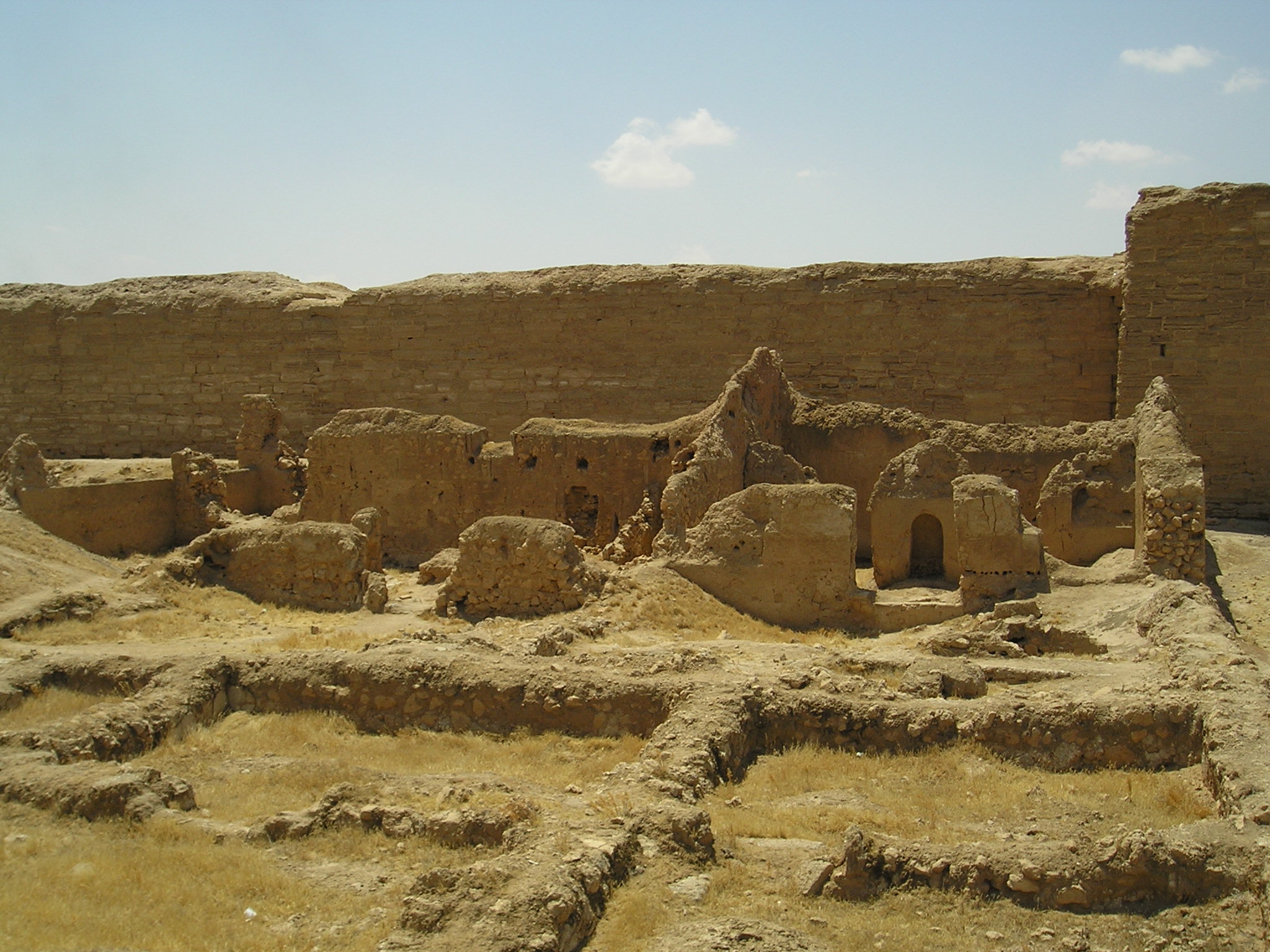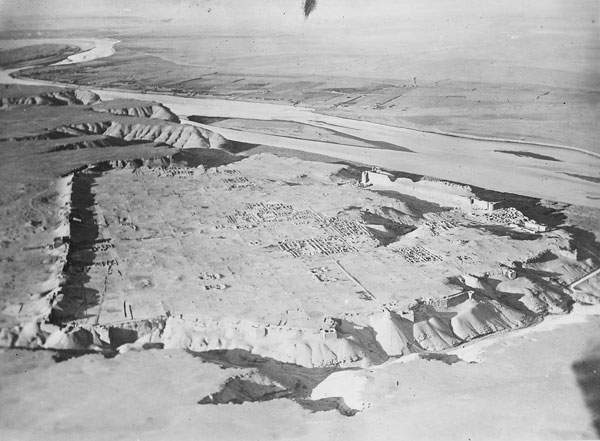|
Other Archaeological Sites / The Neolithic of the Levant (500 Page Book Online) Ancient Dura Europus
The walled city was laid out on a grid plan and excavations have revealed many sanctuaries and temples dedicated to the manifold deities of the mixed population that lived there, including Christians and Jews as well as others. Architectural styles, burials, frescoes and reliefs all demonstrate a wide range of cultural and artistic influcnces (AHSFC). The settlement variously called “Dura” or “Europos” -- depending on which empire controlled it at any given time -- had always lived on the edge. The medium-sized colony was founded in 303 BCE by the Seleucid dynasty, successors of Alexander the Great, as “Europos” in order to honor the Macedonian birthplace of the dynasty’s founder Seleucus 1. During this Hellenistic era it became a crucial crossroads that connected travel and trade along the Euphrates River with the cities to its west. Placed high above the western bank of the river the settlement was unassailable from the east and thus helped to define and secure the border between regions held by various empires over the centuries. In fact the location was so ideal that the Assyrians seem to have used it as a military outpost or fort as early as the second millennium BCE (“Dura” in Semitic languages means “fortress” or “stronghold”). Then around 110 BCE Parthians from Mesopotamia gained control of the region and by necessity of Dura-Europos as well. Though descendants of the Hellenistic colonists retained some prominence new waves of immigration from Palmyra to the west and Mesopotamia to the east brought linguistic and cultural change. Over the next two centuries the expanding Roman Empire was often knocking on the door of Dura’s western gate. Finally in 165 CE Emperor Lucius Verus took full control of the city and the Romans held it with the help of auxiliary units from Palmyra (1). During its Roman era, which lasted almost one hundred years, Dura-Europos blossomed into a quintessential frontier town, exploding with a diversity of ethnicities, languages and religions. The street grid was expanded, organized and flanked by colonnades, although its overall size was by modern standards quite small -- the western wall, the city’s longest edge, stretched only about 900 meters. Trade with Palmyra continued apace and new building projects were undertaken. Although the Greek language retained its cultural dominance and Latin became an administrative language, the city also exhibited Hebrew, various forms of Aramaic (including Palmyrene, Syriac and Hatrian from eastern Mesopotamia), northern Arabic and Iranian (including Parthian and middle Persian). A parchment found at the site records the payments of members of the “tribe” of a certain “Zebeinas” which includes names that originated in five different languages. This document offers a rare glimpse of the names of non-elites at Dura during the Roman era who appear to be as diverse as the other artifacts would lead us to believe (ibid).
(1) The World's Oldest Church: Bible, Art and Ritual at Dura-Europos in Syria by Michael Peppard (2016)
Dura-Europos: Crossroad of Cultures by Carly Silver in Archaeology Magazine (2016) |


